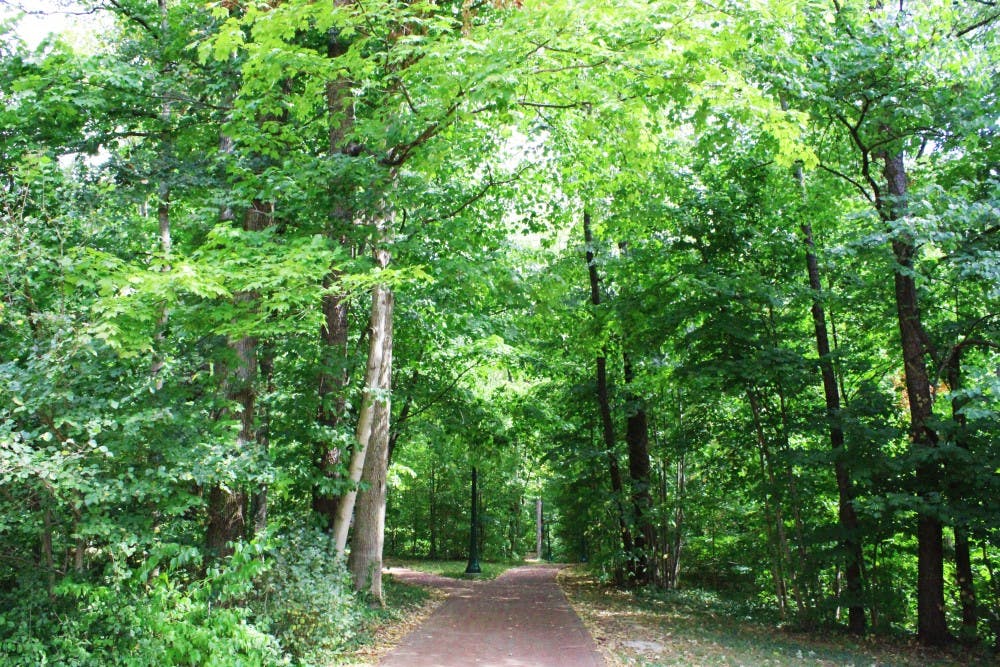Bloomington’s urban tree population has increased in number and diversity and remains healthy, according to a recent inventory by the Davey Resource Group for the Department of Parks and Recreation.
Davey Resource Group project leader Aren Flint said the inventory ran from February to August, with an average of four arborists in the field at a time. The inventory allows the city to better assess the needs of the community.
“You don’t know what you’re managing unless you can inventory it,” said Lee Huss, urban forester for Bloomington Parks and Recreation.
Huss said trees are important to a community because they capture stormwater, trap carbon and cool the city, in addition to raising property values.
“Trees should be considered as infrastructure, not as an amenity, because they do provide an ecological benefit to the community,” Huss said. “The trees do provide a positive return on investment.”
Flint compared Bloomington’s urban forest to other cities she has done inventories for in terms of stocking level, health and maintenance.
“In the state of Indiana, I would say that it’s the top,” Flint said.
Over the past 12 years, Bloomington’s public tree population has grown by 56% and now consists of 168 different species, according to a city press release. Diversity is important because it protects the tree population from being wiped out from certain insects and diseases, said Professor Burnell Fischer, leader of the Bloomington Urban Forestry Research Group.
Bloomington’s biggest obstacle to diversity is maple trees, Fischer said.
“Red maple trees turn red in the fall, and IU is the big red, so they like to plant red maple trees,” Fischer said. “The problem is there’s way too many red maple trees on IU’s campus. The threat is that if we ever have something, a disease or insect, that damages red maple trees, we’re really in trouble.”
The same is true for the city’s urban forests. The inventory shows that maple trees remain dominant. Their share of the urban forest has decreased from 30% in 1994 to 24% in 2019, according to the press release.
Huss said the ash trees were recently targeted by an insect called the emerald ash borer, and 8% of the city’s urban forest was affected. If Bloomington’s urban forest was not as diverse, the results could have been devastating, like other areas in the midwest.
“The trees are in, for the most part, pretty good shape,” Huss said.
Huss works with an advisory Tree Commission, and the group has a five-year management plan that will be ending this year. When the group devises the next plan, Huss said he wants to address important issues that were previously not included.
“We didn’t discuss five years ago much about climate change,” Huss said. “That plan didn’t discuss much about invasive tree issues.”
The assessment report from the inventory is available to the public on the city’s website. When the arborists were conducting the inventory, they would take note of the species, location and maintenance and upload that information to an online system called Treekeeper.
Treekeeper displays the trees and information about the trees on an interactive map. Treekeeper can be accessed from the city’s website or from this link https://bloomingtonin.treekeepersoftware.com/.
“Most public streets in Bloomington have street trees on them, which is something that the community has asked for,” Huss said. “This has always been a tree-loving community.”




